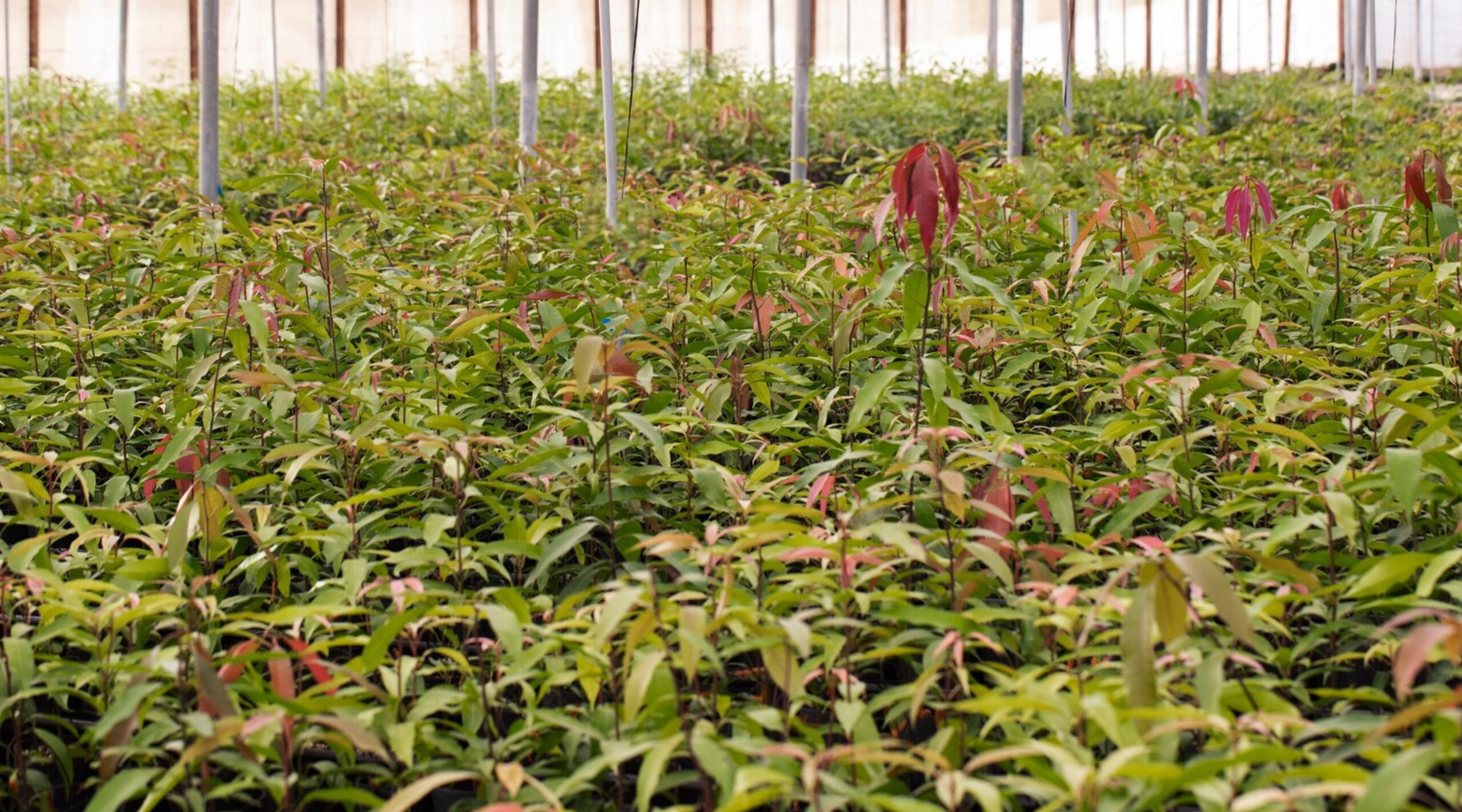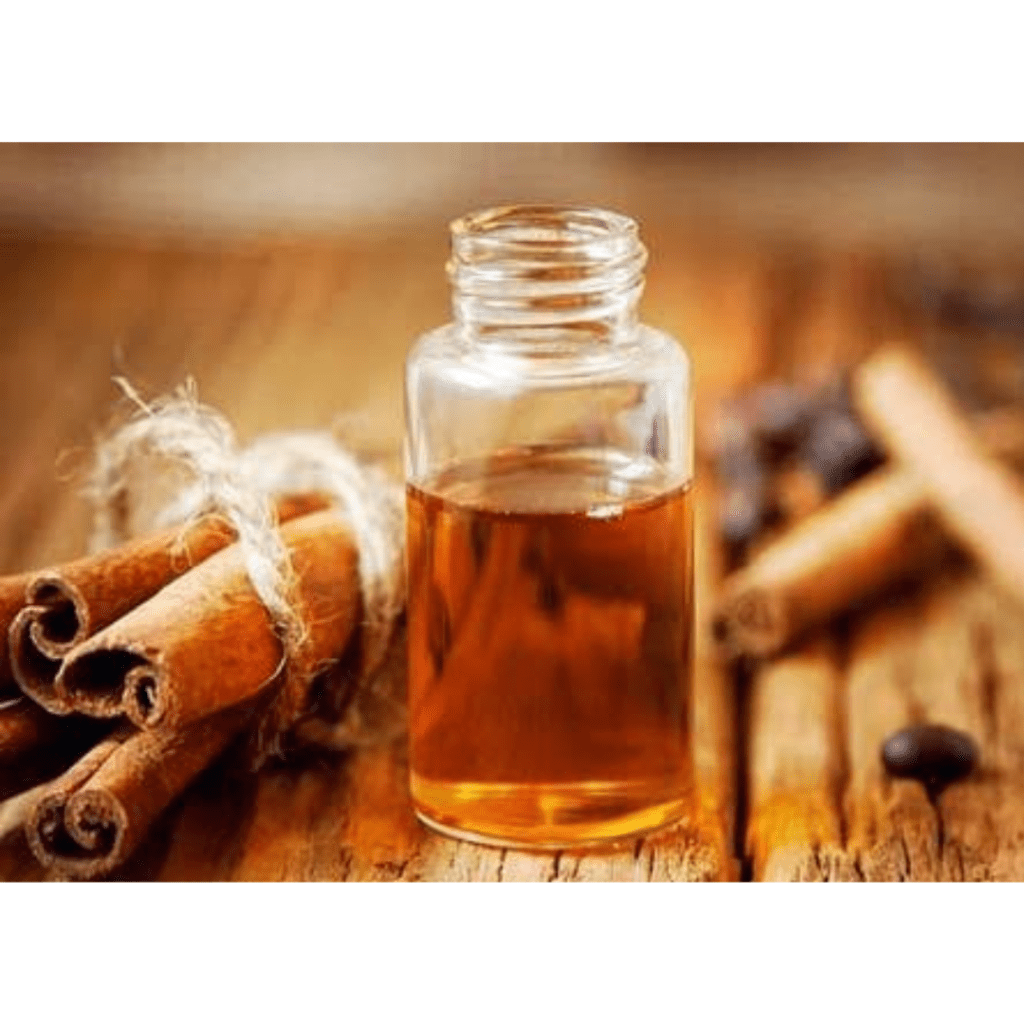
Cinnamon tree can grow up to 15 meters tall and has glossy green leaves and small, white or yellow flowers. Cinnamon Essential Oil is extracted from the bark of the cinnamon tree through steam distillation and it is yellow to brown in color.
Cinnamon Essential Oil is extracted from the bark of the cinnamon tree (Cinnamomum zeylanicum), a tropical evergreen tree that is native to Sri Lanka and southern India. The tree can grow up to 15 meters tall and has glossy green leaves and small, white or yellow flowers. The oil is extracted from the bark of the tree through steam distillation and it is yellow to brown in color.
Cinnamon Essential Oil has a warm, spicy aroma and is commonly used in aromatherapy, as a natural remedy for colds and flu, and as a natural remedy for digestive problems such as nausea and vomiting. It’s also believed to have antioxidant, anti-inflammatory and antimicrobial properties, which make it beneficial for skin care and for treating respiratory conditions like asthma and bronchitis.
Botanical Name : Cinnamomum zeylanicum
CAS# : 8015-91-6
Origin : Sri Lanka and the Malabar Coast of India
Method of Extraction : Steam Distillation
Source : The dried inner bark
Solubility : Soluble in Oil
Color & Odor : light yellowish brown color and a highly fragrant odor
Constituents : cinnamaldehyde and trans-cinnamaldehyde (Cin)
Specific Gravity : 1.0300 – 1.0500
Flash Point : 76ºC
Optical Rotation : 20 °C
Major Constituents : cinnamaldehyde and trans-cinnamaldehyde (Cin)
Some of the most notable benefits and applications of the cinnamon essential oil include:
It’s important to note that Cinnamon Essential Oil should be used with caution as it can be strong and may irritate the skin if used in high concentrations. It should not be used in pregnancy and lactation. Always consult a healthcare professional before using any essential oil.


